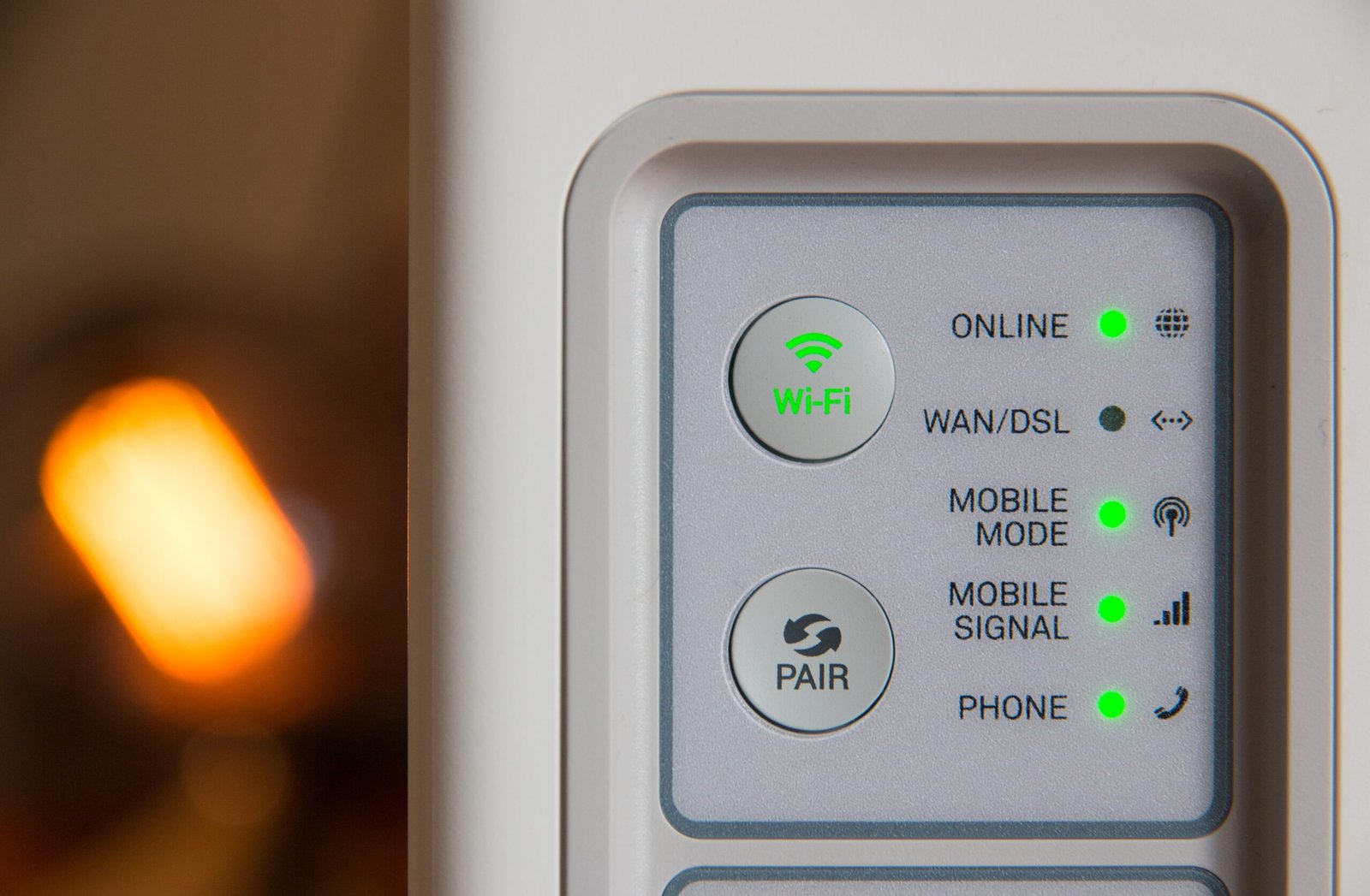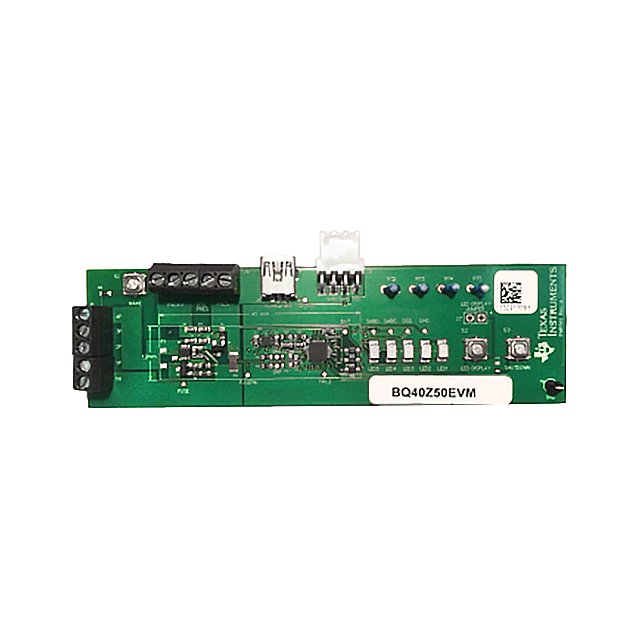Introduction
Wi-Fi has become an integral part of our daily lives. Whether we are at home, work, or a coffee shop, we rely on Wi-Fi to connect our devices to the internet. But have you ever wondered how Wi-Fi actually works? In this blog post, we will explore the technology behind Wi-Fi and how it enables wireless internet connectivity.
What is Wi-Fi?
Wi-Fi, short for Wireless Fidelity, is a wireless networking technology that allows devices to connect to the internet without the need for physical cables. It uses radio waves to transmit data between devices and a wireless router.
How does Wi-Fi work?
Wi-Fi works by using radio waves to transmit and receive data between devices. When you connect a device, such as a smartphone or laptop, to a Wi-Fi network, the device sends a signal to the wireless router. The router then transmits the data over the airwaves to the device you are trying to connect to, such as a website or another device.
Wi-Fi operates on specific frequencies within the radio wave spectrum. These frequencies are divided into different channels, which allow multiple devices to connect to the same network without interference. The most commonly used Wi-Fi frequency is 2.4 GHz, but there are also newer routers that operate on the 5 GHz frequency.
When data is transmitted over Wi-Fi, it is converted into radio waves by the device’s wireless network adapter. The router receives these radio waves and translates them back into data that can be understood by the receiving device. This process happens almost instantaneously, allowing for seamless internet connectivity.
Security
Wi-Fi networks can be secured using various encryption methods to protect the data being transmitted. The most common encryption method used in Wi-Fi networks is WPA2 (Wi-Fi Protected Access 2), which encrypts the data and requires a password to access the network.
It is important to secure your Wi-Fi network to prevent unauthorized access and protect your personal information. This can be done by setting a strong password, regularly updating your router’s firmware, and disabling any unused features or services.
Limitations
While Wi-Fi has revolutionized the way we connect to the internet, it does have its limitations. The range of a Wi-Fi network is limited, typically reaching up to a few hundred feet indoors. The signal can also be affected by obstructions such as walls and interference from other devices.
Wi-Fi speeds can also vary depending on factors such as the distance from the router, the number of devices connected to the network, and the internet service provider’s speed. However, advancements in technology have led to faster Wi-Fi speeds, with the introduction of Wi-Fi 6 offering even higher speeds and improved performance.
Conclusion
Wi-Fi has become an essential technology that enables wireless internet connectivity in our daily lives. Understanding how Wi-Fi works can help us troubleshoot connectivity issues, optimize our network performance, and ensure the security of our personal information. As technology continues to evolve, we can expect Wi-Fi to become even faster and more reliable, further enhancing our connected experiences.








Comment on “How does Wi-Fi work”